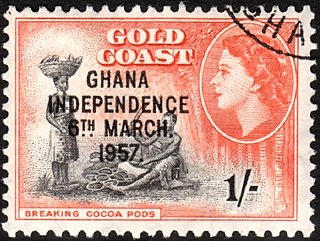
This is a timeline of Nigerian history, comprising important legal and territorial changes and political events in Nigeria and its predecessor states. To read about the background to these events, see History of Nigeria. See also the list of heads of state of Nigeria.
This is a timeline of Sudanese history, comprising important legal and territorial changes and political events in Sudan and its predecessor states. To read about the background to these events, see History of Sudan. See that the [[list of governors of pre-independence list of heads of state of Sudan.
This is a timeline of Tanzanian history, comprising important legal and territorial changes and political events in Tanzania and its predecessor states. To read about the background to these events, see History of Tanzania. See also the list of presidents of Tanzania.
This is a timeline of Burundian history, comprising important legal and territorial changes and political events in Burundi and its predecessor states. To read about the background to these events, see History of Burundi. See also the list of Kings of Burundi, list of colonial governors of Burundi, and list of presidents of Burundi.

Ghana gained independence from the British on 6 March 1957. It is a member of the Commonwealth of Nations. The country became a republic on July 1, 1960.
The following is a timeline of the history of the city of Dar es Salaam, Tanzania.
Events from 2010 in Cameroon.
The following is a timeline of the history of Djibouti, Djibouti.
The African nation of Gabon has had human inhabitants for perhaps 400,000 years. Bantu peoples settled here from the 11th century. The coastline first became known to Europeans through Portuguese and Dutch sailors. Colonised by the French in the 19th century, Gabon became independent in 1960.
The following is a timeline of the history of the city of Bujumbura, Burundi.
The following is a timeline of the history of the city of Bukavu, Democratic Republic of the Congo.
The following is a timeline of the history of the city of Goma, Democratic Republic of the Congo.
The Chief of Staff of the Armed Forces of São Tomé and Príncipe is the highest-ranking military officer of in the Armed Forces of São Tomé and Príncipe, who is responsible for maintaining the operational command of the military.




